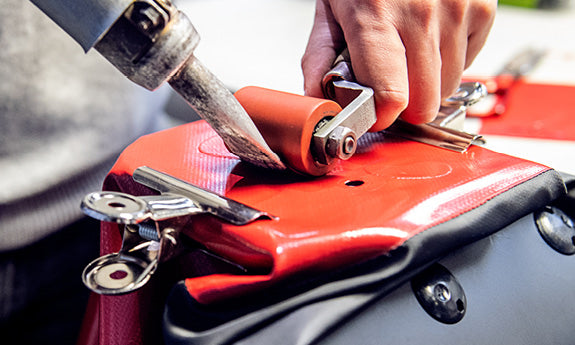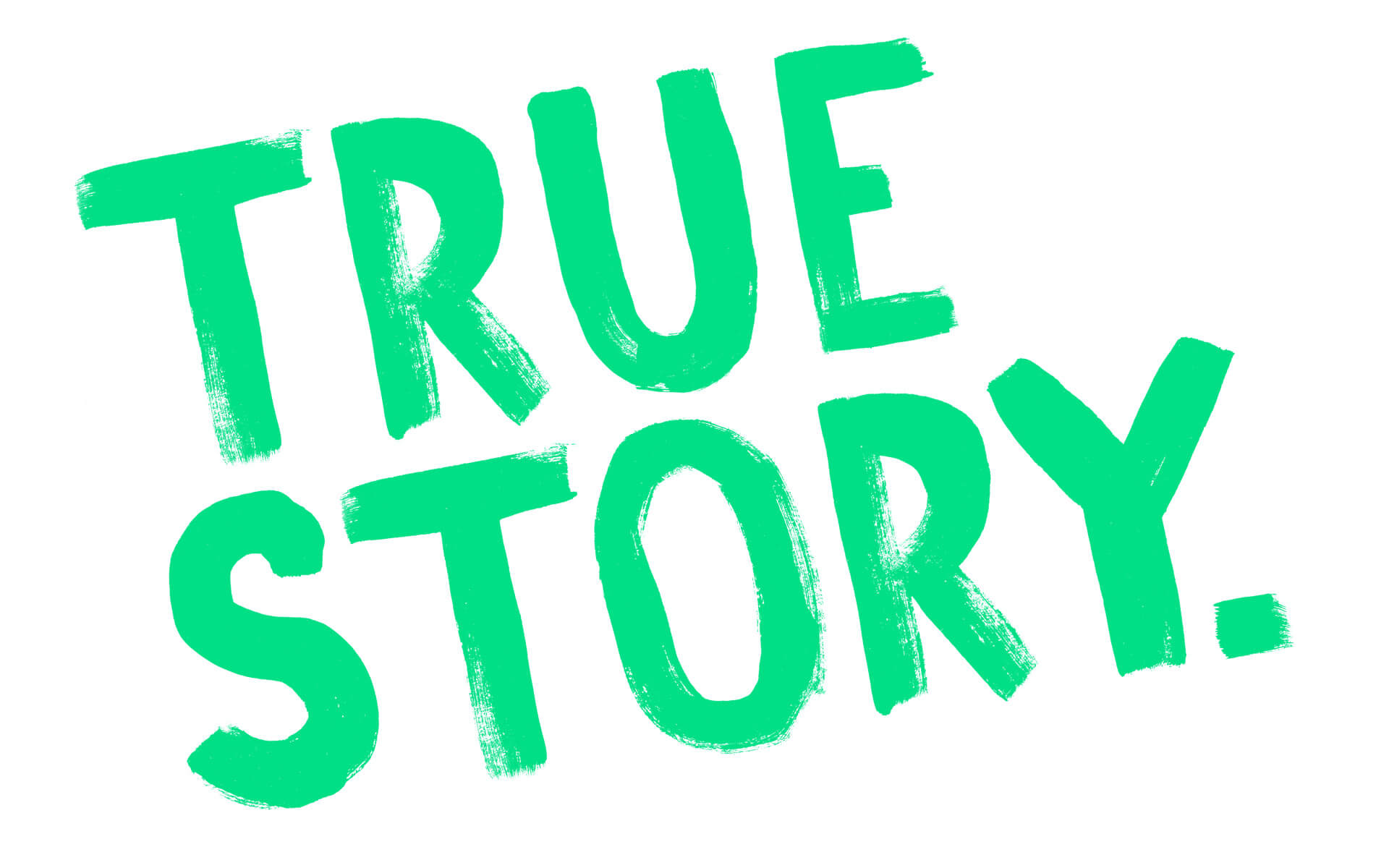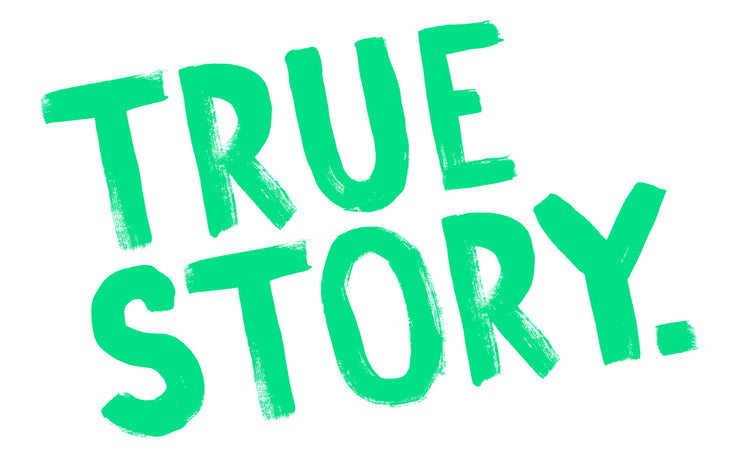We have undertaken to work sustainably in an authentic and honest way, and of course this also includes confronting our weaknesses. Sustainability and the associated topics are complex and extend through all areas of the company and beyond: product compositions, employees, social impacts, cooperation with banks, packaging, and the list goes on and on. As our company including its production is located in Germany and a large proportion of our suppliers are also based in Germany, the laws and regulations that apply to us are already of a high standard. Nevertheless, there are still areas in which we have yet to arrive where we really want to be. The reasons for this are many and varied. In the following, we will try to explain and contextualize the most common of these points.
-
PLASTIC PACKAGING
Whenever possible, we use recycled materials for our cardboard and paper packaging. Viewed as a whole, cardboard and paper are not always automatically more ecological than plastic. Homogeneous plastic, known as mono material, is 100% recyclable and, due to its significantly lower weight, can reduce emissions if disposed of properly. In the case of recycled cartons, a small fresh fiber component is always necessary to make it reusable.
Our spare parts are currently packed in a PE bag, which weighs only 9.5 grams compared to a carton weighing more than 20 grams. In addition to the lower emissions generated during its transport, the PE bag also has a lower CO2 footprint in its manufacture (CO2 footprint per packaging unit: PE bag 0.03 kg CO2 / new carton 0.056 kg CO2/ recycled carton 0.041 kg CO2).
The next step for us now is to move away from the plastic packaging currently in use that does not originate from recycled material.
Did you know that back in the 1990s we once actually avoided any sales packaging at all. Unfortunately, the soiling that occurred during transport, above all for overseas consignments, was so severe that we were unable to continue the project. -
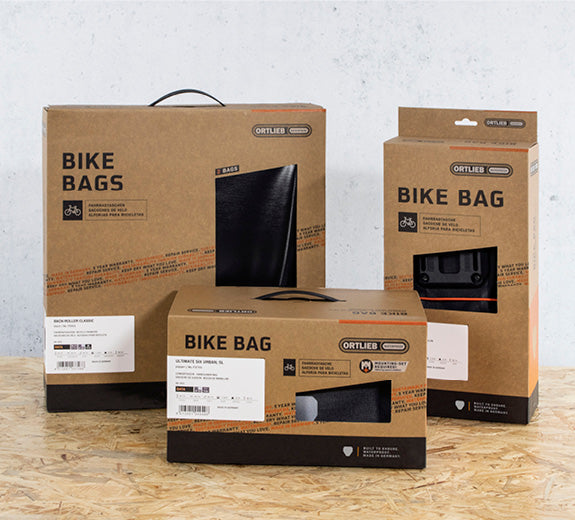
-
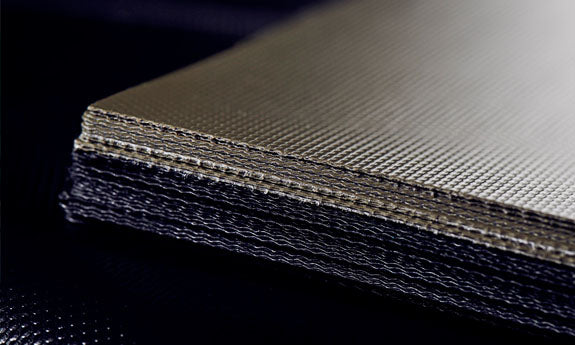
-
PVC
The disposal of PVC plastics from production (waste from stamping operations, fabric) and from end-of-life products is an ecological weak point in the products. This is another reason why long product lifespan, ease of repair and upcycling products are so important. The products generally consist of different polymers, which can only be separated from one another with a high input of energy and water (negative ecological balance sheet). The disposal of PVC in landfill sites is forbidden in Germany because small quantities of plasticizers could enter the groundwater. When PVC is burnt in waste incinerators, toxic dioxins are generated, which have to be avoided at all costs through good incinerator management and modern waste gas purification measures. These are also the reasons why we offer to take back end-of-life products to ensure proper disposal for all customers. 70% of our collection is PVC-free.
-
RECYCLED MATERIAL
In pure recycled material, the product characteristics deteriorate as a matter of principle, a proportion of new material is always needed, and, in addition, unlimited recycling without any deterioration in material properties is not possible. Furthermore, the use of recycled materials is not always automatically sustainable as there has been a lack of suitably reliable information on CO2and the ecological balance sheet until now. This is also why we have worked out the product carbon footprint of every product in great detail so that we can make honest statements about the CO2e emissions when we replace materials in our bags or backpacks.
-
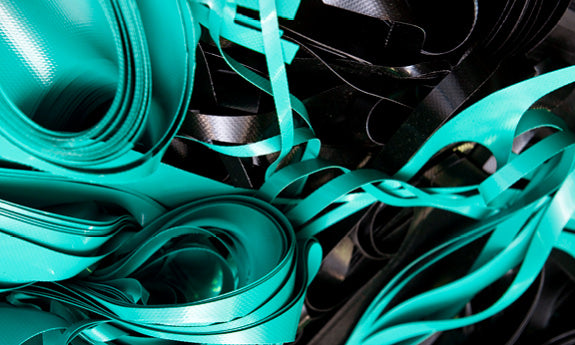
-
MADE IN GERMANY
We produce exclusively in Germany and also have only the one production site in Heilsbronn. Alongside production here in Germany, 70% of our material purchasing also takes place in this country. When sourcing, we follow our guidelines of regional, national, EU-wide, and only afterwards do we then turn to the rest of the world. Unfortunately though, there are some accessories, mainly stitched components, that cannot be obtained in Europe. Regrettably, there are no sewing workshops in Europe that are able to make such products or where it would be economically feasible to have them made in Europe. Wherever possible, we work with regional workshops, such as those for disabled people.
As for our suppliers, in most cases we have long-standing partnerships between equals, and the same is true of our partners in Asia. This is especially relevant because we only work with partners who have signed our Code of Conduct. -
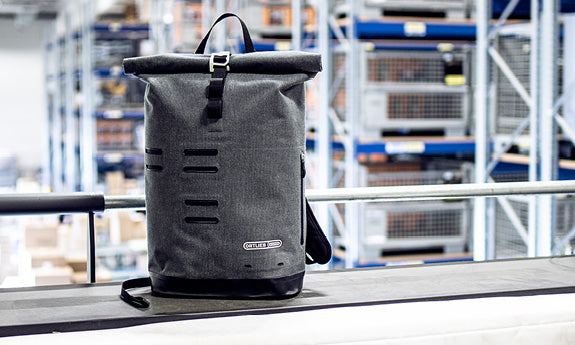
-
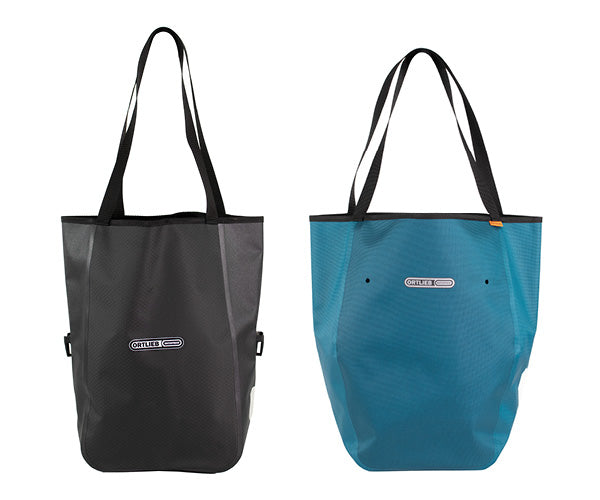
-
DISPOSAL OF OLD PRODUCTS
Wherever possible, we repair. Either on our own site with our customer service team, directly with the retailer or through our partners in the countries to which we export.
Yet sooner or later, even the most durable bags and backpacks reach the end of their lifespan. We have initiated various projects, with the company Fahrer in Berlin among others, in which we upcycle old or defective bag material from production. This is, for instance, how our reflective bands are created.
Nevertheless, when there really is no further possibility of repair, we then make sure that the product is disposed of properly. We will be glad to take care of that for your old pannier. -
THERE ARE LIMITS TO WHAT WE CAN REPAIR
Our Customer Service and our trained service dealers as well as our international partners all try their utmost to recondition even elderly products and give them a second, third or fourth life. Every year, our team carries out more than 18,000 repairs on our site in Heilsbronn alone. Yet even here there are limits, and sadly we cannot repair every product even though we would love to do so. Over the course of the years, we have of course improved all the time, which is also a result of the fact that we bear in mind the ability to repair or easily replace individual components right from the development of new bags and backpacks. Honestly, we really do try everything, and it annoys us most of all if we are not able to repair a product.
-
